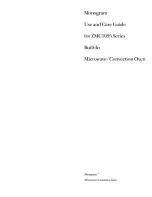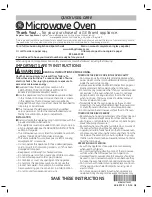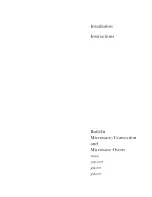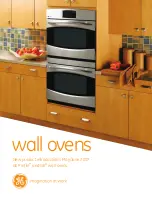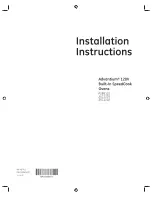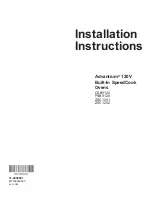
Warning and Safety instructions
15
Microwave mode
is not suitable for cleaning or disinfecting
items. Items can get extremely hot and there is a danger of burning
when the item is removed from the appliance.
Do not cook or reheat food or liquids in sealed containers, jars or
bottles. With baby bottles, the screw cap and teat must be removed.
Otherwise pressure will build up which can cause the bottle or con-
tainer to explode, posing a severe risk of injury.
When heating up liquids, always place a suitable glass rod or
utensil into the cup or glass. When boiling and in particular when
heating up liquids using microwave power, the boiling point of the li-
quid may be reached without the production of typical bubbles. The
liquid does not boil evenly throughout. This so-called 'boiling delay'
can cause a sudden build up of bubbles when the container is re-
moved from the oven or shaken. This can lead to the liquid boiling
over suddenly and explosively. The formation of bubbles can be so
strong that the pressure forces the oven door open.
Stir liquid before it heats up or boils. Once it has heated up wait for a
minimum of 20 seconds before removing the container from the mi-
crowave oven.
Eggs can be cooked without their shells using microwave power
only if the yolk membrane has been punctured several times first.
The pressure could otherwise cause the egg yolk to explode.
Eggs in their shells will explode if cooked with microwave power,
even after taking them out of the oven.
They can only be cooked in their shells using the steam cooking
function
or in an appropriate automatic programme. Hard-boiled
eggs must not be reheated with microwave power either as they too
will explode.
Food with a thick skin or peel, such as tomatoes, sausages, jacket
potatoes and aubergines, should be pierced or cut in several places
to allow steam to escape and prevent the food from bursting.































